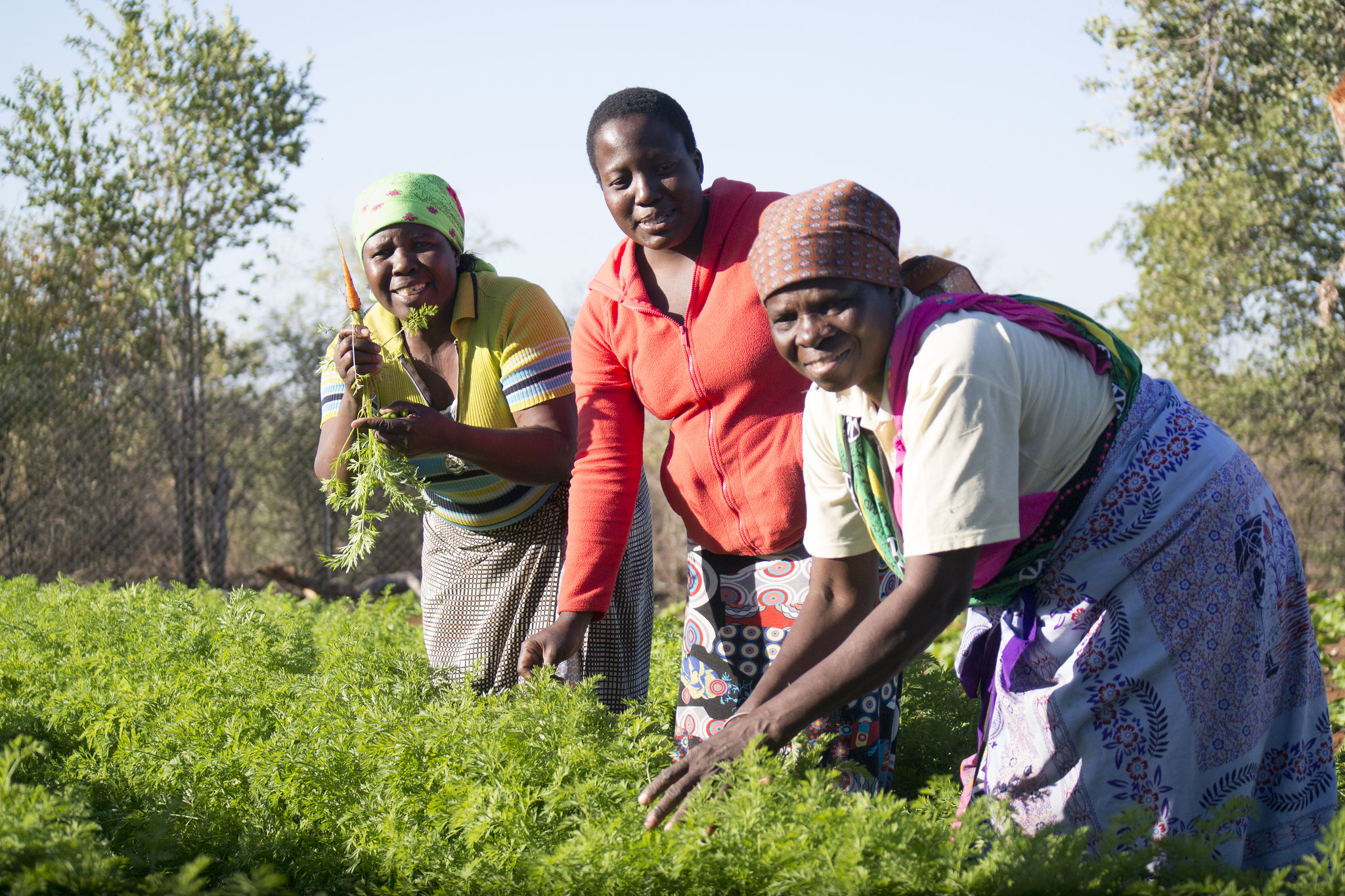A new approach to adaptation is putting communities most affected by climate change at the heart of how decisions are made
In 2021, UN Secretary-General Antonio Guterres called on the international community to spend 50% of all climate finance on adaptation. In his words, “adaptation cannot be the neglected half of the climate equation.”
Achieving this aim would mean tens of billions more dollars flowing into adaptation projects. This huge – but achievable – feat would be immensely beneficial for communities around the world suffering from regular extreme weather events.
Alongside his call for greater adaptation finance, Guterres outlined five priorities for the sector, one of which was making it easier to access funding, especially for the vulnerable.
If billions are going to be spent on helping countries adapt to climate change, we need to make sure the money is reaching the people who need it the most. This is where the concept of locally led adaptation (LLA) comes in. The term refers to the central importance of providing frontline communities with the power and resources to respond to the climate crisis.
The Adaptation Fund was among the first group of international organisations to endorse a set of principles on locally led adaptation during COP25 in 2019. These principles cover everything from devolving decision-making to addressing inequalities, from providing predictable funding to ensuring the whole process is open and transparent. The principles have since been endorsed by over 100 organisations, including government ministries, global charities and development agencies.
This new model sets the scene for how current and future climate adaptation should be implemented. The focus is on an inclusive approach which puts communities most affected by climate change at the heart of how decisions are made.
Putting words into practice
The Adaptation Fund has been applying the principles of locally led adaptation for over a decade. The fund’s direct access scheme allows national organisations based in the countries they serve to manage all elements of a project, from design to monitoring.
The fund pioneered its first enhanced direct access (EDA) projects in 2014, taking direct access a step further in empowering national institutions to identify and fund local adaptation projects. This led the fund to establish an EDA funding window in 2021, and in April 2024, it went one step further by creating dedicated finance streams to support locally led adaptation.
The fund believes this new approach makes it “the first multilateral climate fund that has fully operationalised the global LLA principles,” it said in a press statement.
“The Adaptation Fund has a rich history of innovating and evolving to respond to countries’ urgent adaptation needs. Over several years, the fund has continued to offer more opportunities to vulnerable countries through diverse funding windows beyond its regular projects,” Mikko Ollikainen, who heads up the organisation, told Climate Home.
“Creating these dedicated funding windows to support locally led adaptation will open even more opportunities for vulnerable countries to enhance capacity building by offering local governments, NGOs, community organisations, indigenous groups, young entrepreneurs and a broad range of local actors the opportunity to develop and implement sustainable adaptation actions directly,” he added.
Tailored solutions
One of the pioneering locally led adaptation projects the fund supported took place in South Africa from 2015 to 2020. On opposite ends of the country, two districts – Namakwa in the Northern Cape and Mopani in Limpopo – are subject to the same extreme weather: hotter temperatures with more intense dry and wet spells. These more uncertain, dangerous conditions put ever greater pressure on fragile local communities.
The pilot project was implemented by the South African National Biodiversity Institute (SANBI). It was intended to strengthen local institutions to adapt to these new climate realities, and provided funding to 12 ‘small grant recipients’ – groups based in the region and with an intimate understanding of how the communities work.
Investments were made after vulnerability studies were conducted and tailored solutions created to meet local needs. The ambition of these groups was
Read More

